
Security News
Astral Launches pyx: A Python-Native Package Registry
Astral unveils pyx, a Python-native package registry in beta, designed to speed installs, enhance security, and integrate deeply with uv.
@builder.io/html-to-figma
Advanced tools
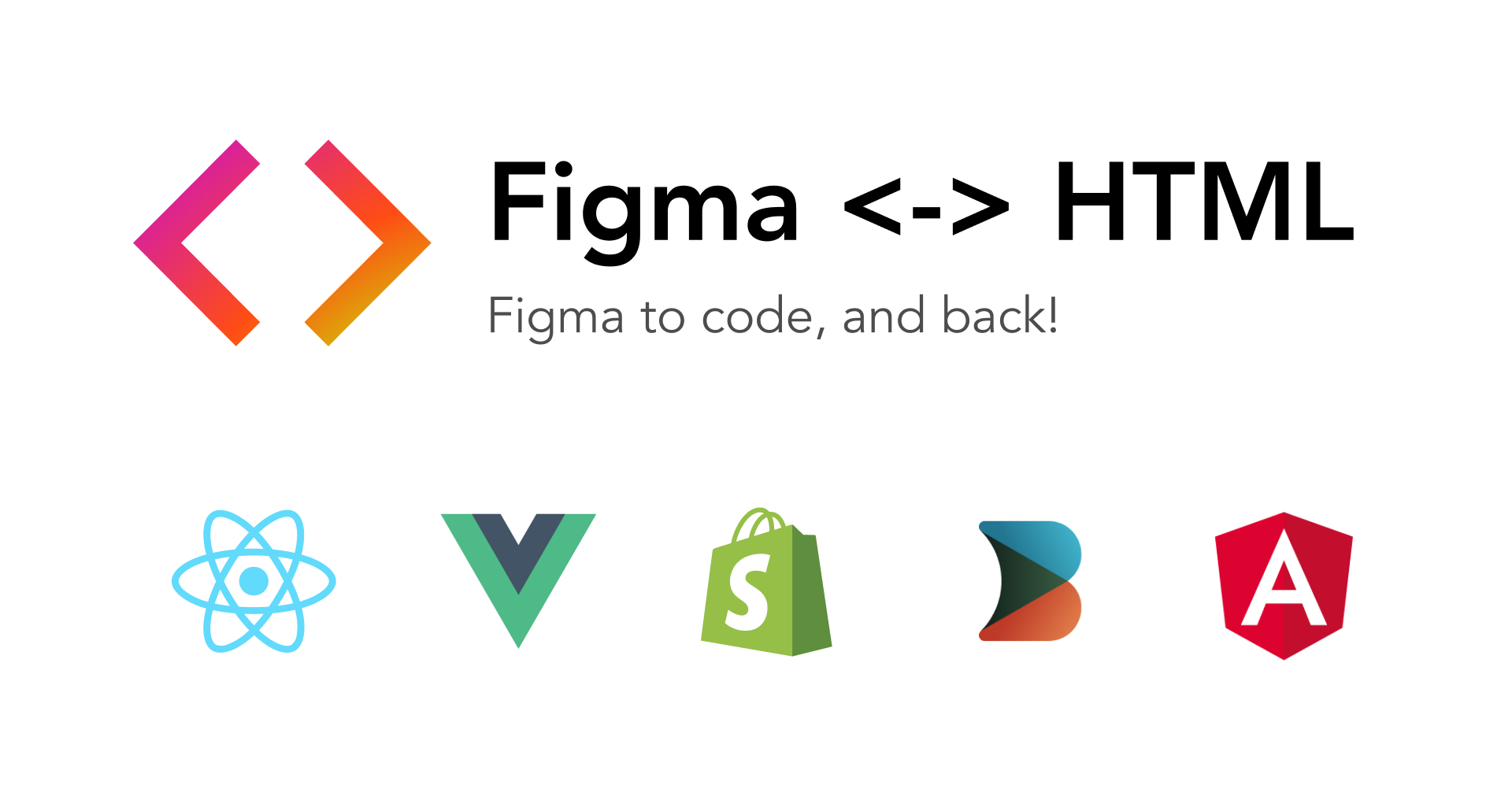
Convert Figma designs into high quality HTML, React, Vue, Svelte, Angular, Solid, etc code via mitosis

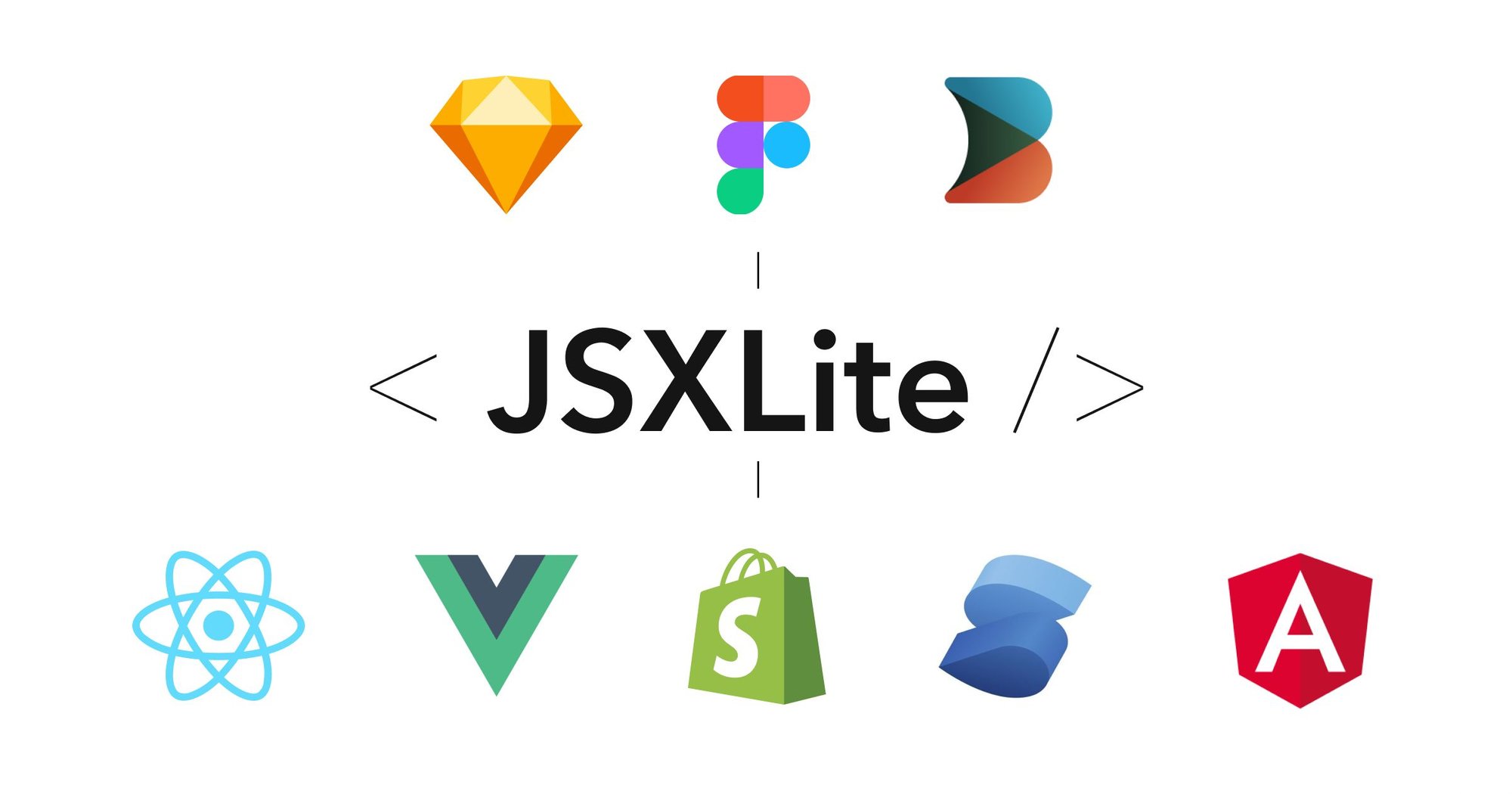

Want to capture a page behind an auth wall, or in a specific state you need to navigate to? Then the chrome extension is for you!
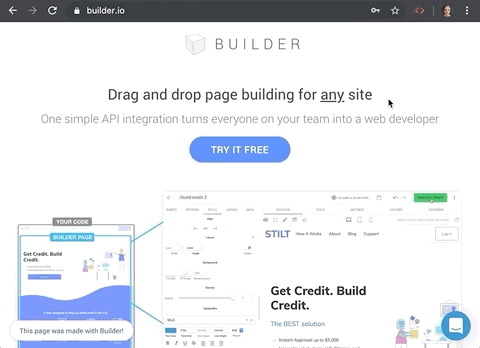
// npm install @builder.io/html-to-figma
import { htmlToFigma } from "@builder.io/html-to-figma";
const layers = htmlToFigma(document.body);
// E.g. send these to the REST API, or generate a .figma.json file that can be uploaded through the Figma plugin
When exporting Figma to Builder, the plugin requires all elements to be in auto-layout. However, it's not possible to auto-layout a vector. The alternative here is to use Figma's rasterize selection command on your vector. If the output of that is too low-resolution, then you can try this plugin: https://www.figma.com/community/plugin/837846252158418235/Flatten-Selection-to-Bitmap.
If you want the Builder end-result to have a vector, then consider this rasterized selection as a placeholder, and swap it back with an SVG in the Builder editor.
Importing HTML layers to Figma is a best-effort process. Even getting 90% there can save you a ton of time, only having to clean up a few things.
A few known limitations:
If you find any issues or have feedback at all please make an issue
Made with ❤️ by Builder.io
builder.io/api/v1/html-to-figma: API endpoint that converts a URL's layout to a Figma design. The logic of that endpoint lives in this repo, under ./lib/html-to-figma.builder.io/api/v1/figma-to-builder: API endpoint that converts a Figma design to a Builder content JSON. The logic of that endpoint lives in Builder's API.Read DEVELOP.md
FAQs
Convert HTML to Figma and Figma to code
The npm package @builder.io/html-to-figma receives a total of 0 weekly downloads. As such, @builder.io/html-to-figma popularity was classified as not popular.
We found that @builder.io/html-to-figma demonstrated a not healthy version release cadence and project activity because the last version was released a year ago. It has 13 open source maintainers collaborating on the project.
Did you know?

Socket for GitHub automatically highlights issues in each pull request and monitors the health of all your open source dependencies. Discover the contents of your packages and block harmful activity before you install or update your dependencies.

Security News
Astral unveils pyx, a Python-native package registry in beta, designed to speed installs, enhance security, and integrate deeply with uv.
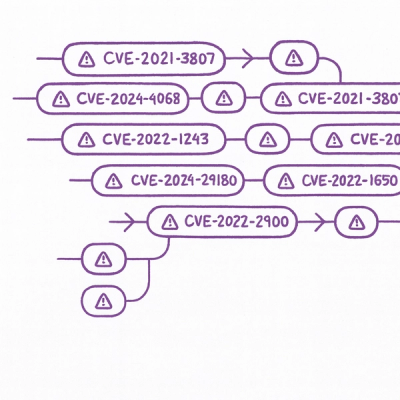
Security News
The Latio podcast explores how static and runtime reachability help teams prioritize exploitable vulnerabilities and streamline AppSec workflows.
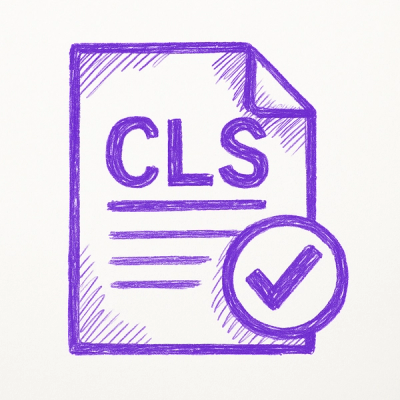
Security News
The latest Opengrep releases add Apex scanning, precision rule tuning, and performance gains for open source static code analysis.